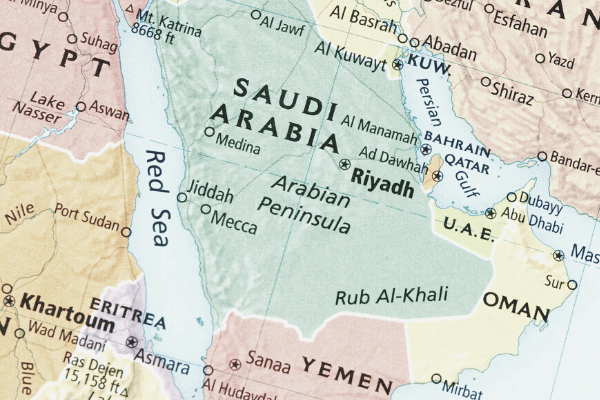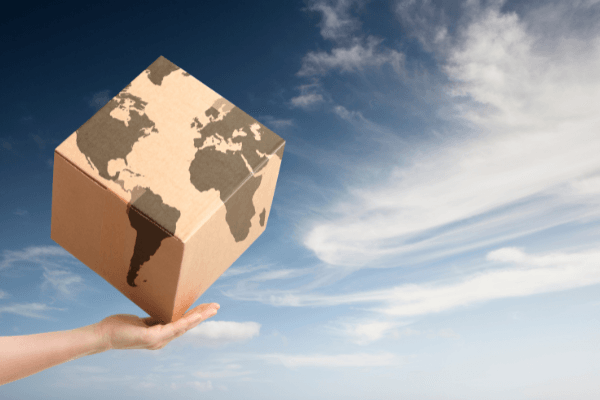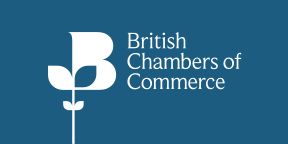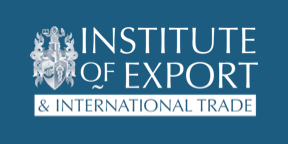Export Development

We left the EU in January 2020, but it was only on December 31st that we left the Single Market and Customs Union, and it was at that point that trade relations really changed. From then onwards, goods travelling to an EU country needed an export declaration for the first time in many years. Many products needed additional certificates, declarations or evidence of conformance. We got a trade agreement with the EU, so as long as UK origin could be declared, there have been no tariffs. So, to put it simply, exporting to the EU got a bit harder but not as much as some might have feared. So, how are exporters coping? That’s the $64 million dollar question! Well, rather more than that really, as we sell £350 billion worth of goods to the 27 countries of the EU each year and the figures are complicated this time, as world trade has been so severely affected by the Covid Pandemic. Essentially, the value of goods exported to the EU fell in quarter one but made a recovery in quarter two, more or less back to ‘normal’ level. So, just teething problems? Well, not quite. For one thing the effect has been more severe on some industries than others. The food and drink industry has reported a £2billion fall in its first half-year exports to the EU. To take another example, exports of ceramic goods were down by around 10% over the same period but other sectors looked rosier. There is another way to evaluate the figures that may be more enlightening. Just as the UK economy has been strongly recovering this year, so have the EU27 countries and much of the world in fact. The value of all EU27 imports in the first two quarters of 2021 is higher than at any time in the last ten years so it’s sensible to look at the share of EU27 imports enjoyed by the UK and compare it with previous figures.

But for a large minority, exporting can be a way to transform an enterprise. Manufacturers are probably who we would think of as the most likely candidates, but the world is changing. The United Kingdom is now exporting almost as much by value in services rather than physical products. Much of this is financial services, but it can also include IT services, marketing, technical, legal, and creative services. These are the exports we call “invisibles”, and the digital age has made it ever more possible to ply such wares on a global basis. Growing from a local or national business to an international one can be a thrilling if often risky venture. To succeed, a new exporter needs a very clear understanding of their goals, one that is based on careful research and, crucially, a realistic assessment of their own capabilities. The first question a would-be exporter must be able to answer is why? When the objectives are clear, it’s time to get more specific and the big question is almost always where? Some businesses try to take on the whole world at once, and some even succeed, but for most, a well-defined strategy is the way to build success. The most suitable markets are different for every business and need to be identified from a thorough understanding of the business, its products, its resources, and its key success factors. The business that transforms into successful exporting invariably understands what he been the key to succeeding at home and uses that knowledge to seek out comparable opportunities elsewhere. That’s why you can rarely define your target markets from raw data alone. It sometimes makes me cringe when I hear some expert claiming with all sincerity that a certain country or region is “great for British exporters”. Which exporters do they mean? A feature of a market may be a great selling point for one supplier while being an insurmountable obstacle for another. Devising a winning export strategy is in fact a very personal task, and generalisations are not helpful. And yet if the business doesn’t have a strategy, attempts to export can be a very expensive waste of time. To target efforts effectively needs careful research. This starts by defining what a suitable export market looks like. There are many possible ways to define this, but it can include factors such as population, incomes, measures of development. It can also include more nebulous features such as culture, taste, and lifestyle. An effective way to compare markets is to identify key factors that are measurable, consider the relative importance of each and build a score sheet for each country. This can be a bit of an onerous task, but there are ways to lighten the task, such as reliable online reports that score countries according to key characteristics including ease of doing business, corruption, spending habits, consumer trends etc. All of this is explained in our unique support package for aspiring exporters. It can save weeks or months of frustration and help you to fulfil your export aspirations!
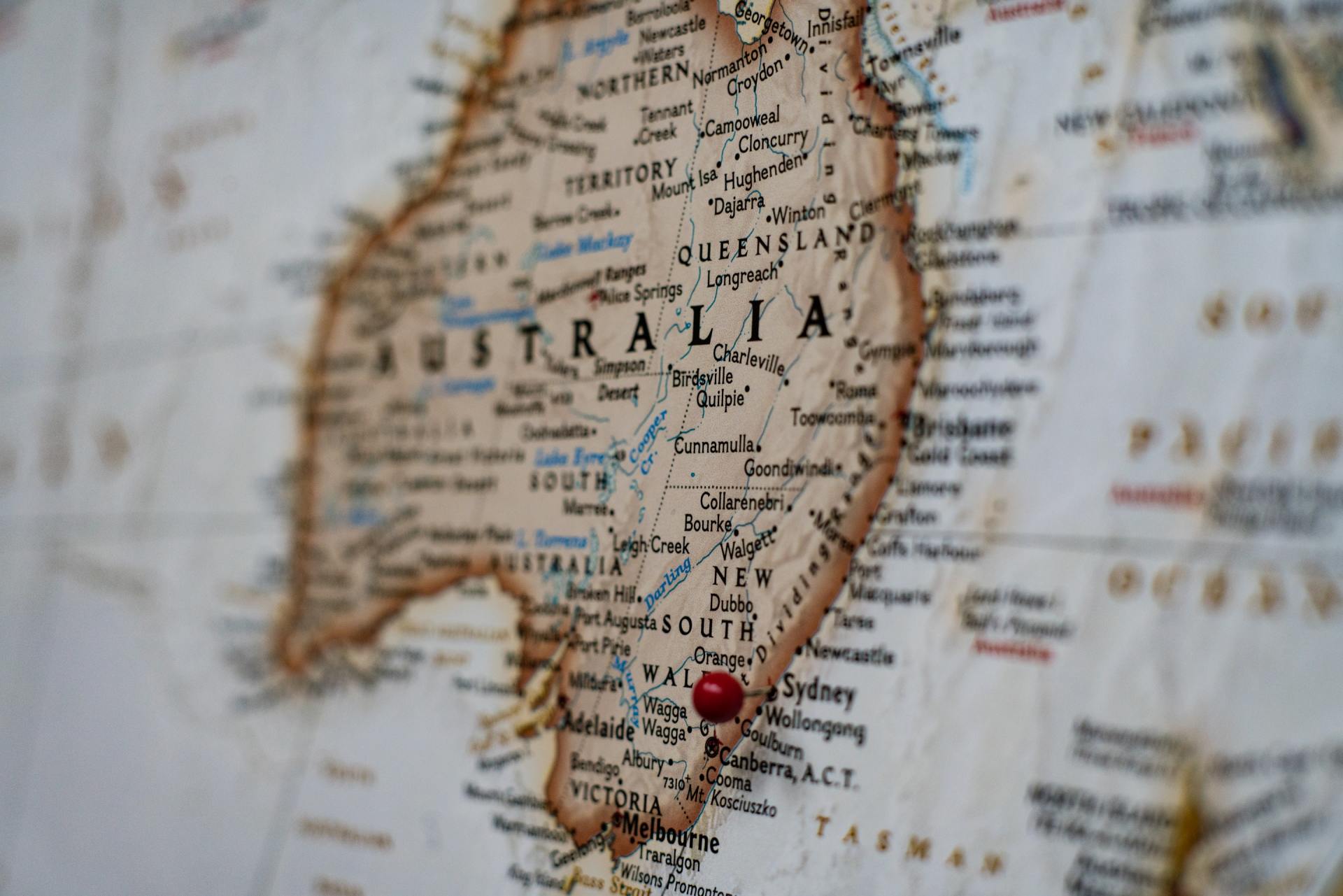
The main elements of the deal were agreed by Prime Minister Boris Johnson and Australian Prime Minister Scott Morrison at a meeting in Downing Street last night [Monday 14 June 2021]. A final Agreement in Principle will be published in the coming days. British farmers will be protected by a cap on tariff-free imports for 15 years, using tariff rate quotas and other safeguards. The new Free Trade Agreement means iconic British products like cars, Scotch whisky, biscuits and ceramics will be cheaper to sell into Australia, boosting UK industries that employ 3.5 million people across the country. The UK-Australia trade relationship was worth £13.9 billion last year and is set to grow under the deal, creating opportunities for businesses and producers in every part of the UK. Britain has also applied to join a trans-Pacific trading bloc, of which Australia is also a member, that includes other countries where minister predict demand for digital, legal and professional services will grow rapidly. That deal, Comprehensive and Progressive Agreement for Trans-Pacific Partnership, is also seen as important economic counterweight to China's influence in the region. Link: Top 10 Benefits of UK-Australia Deal BBC News coverage 15-06-2021 Relevant Training courses Understanding Free Trade Agreements Creating a Winning Export Strategy Effective Distribution Strategies for Exporters

